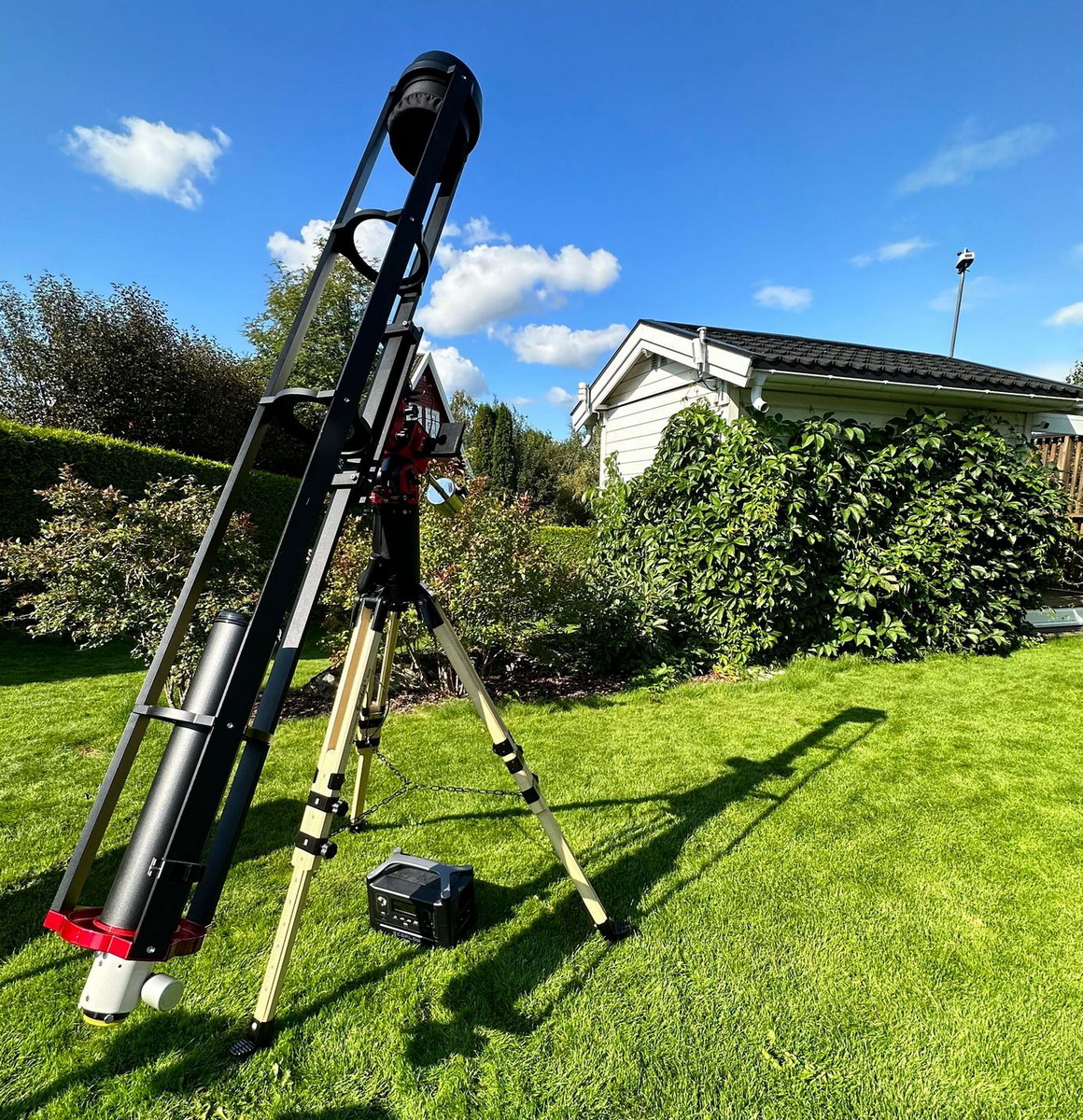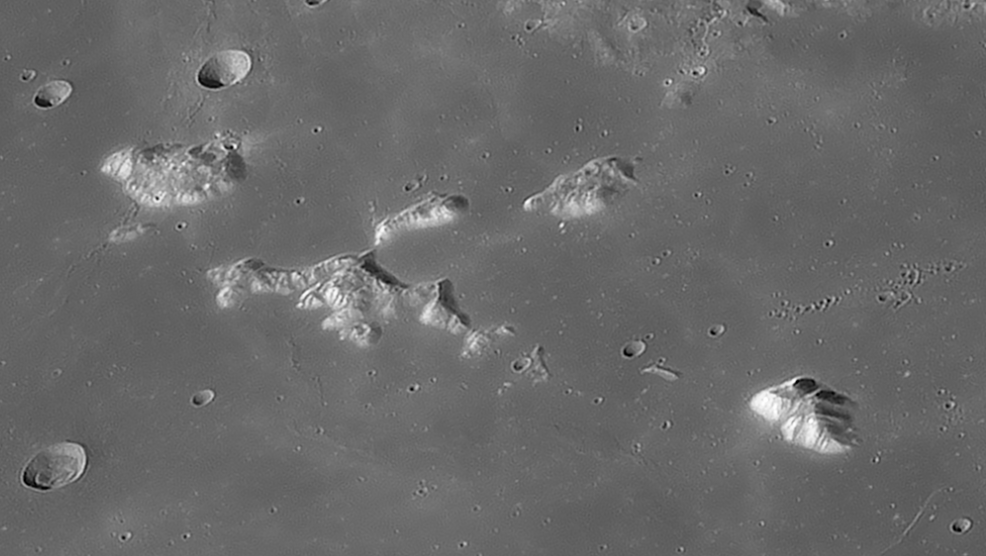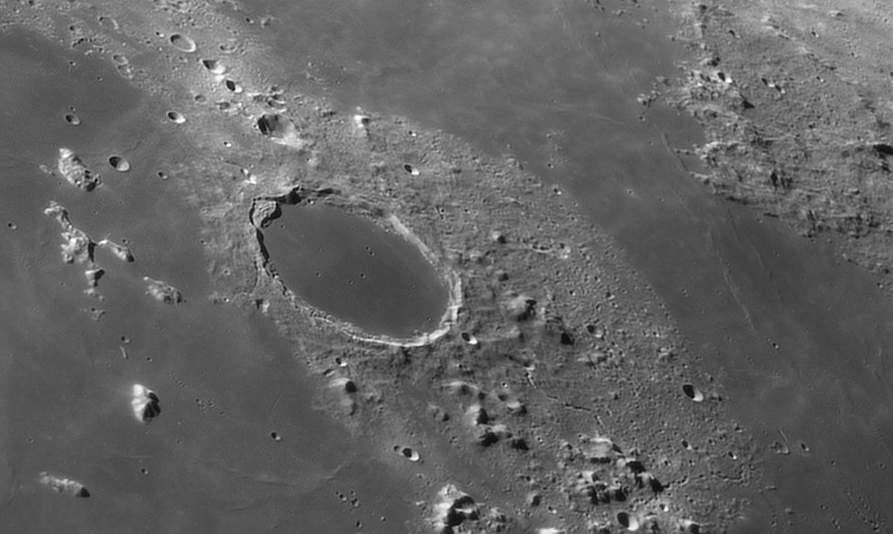This is a very tricky question considering it's not just the equipment that counts! First of all, it's the Moon itself: the Moon has an elliptical orbit with a substantial eccentricity, so it has a perigee and an apogee, with distances from Earth of about 363,300 km (226,000 miles) and 405,500 km (251,000 miles) respectively. This might not sound much, but in practice it does make a huge difference:
https://www.asztrofoto.hu/galeria_image/1661338795For the record I have experienced this firsthanded:
https://www.asztrofoto.hu/galeria_image/1685136555The 127 MAK should reach a lot higher resolution (in details I mean), even at mediocore seeing. However, I took that image at almost apogee.
Also, note that that Moon's and Earth's surfaces is well... round.

"An observer at the equator observing the Moon at zenith is 1.8% closer to the Moon's limb than an observer 90° east or west in longitude, watching the Moon set or rise at the same moment."
"What we want, then, is the position of the Moon relative to the observer, its topographic coordinates for the observing site. An easy way to calculate this is to transform the Moon's position in the spherical geocentric coordinate system into rectangular (Cartesian, or XYZ) coordinates with the origin at the centre of the Earth. The observer's position in the same coordinate system is easily calculated from the latitude and longitude of the observing site and, if you want to be as precise as possible, the distance from the centre of the Earth to the observing site, taking into account the Earth's ellipsoidal shape and the site's altitude above mean sea level. Then the distance from the observer, (XO, YO, ZO), to the Moon, (XM, YM, ZM), can be calculated with the distance formula for rectangular coordinates:"

More to read on the topic here:
https://www.fourmilab.ch/earthview/moon_ap_per.htmlHowever, this above is only 6000km, it can be compensated with a larger aperture.
Following this, I'd also choose the search for craters imaged not on the limb, but actually near the prime meridian of the selenographic coordinate system at perigee, taken from Earth at exceptional seeing from somewhere a mountaintop with telescope that has large aperture and long focal lenght. Also, in blue channel.

Bu wait, there is more! I haven't even considered lunar libration yet...!






